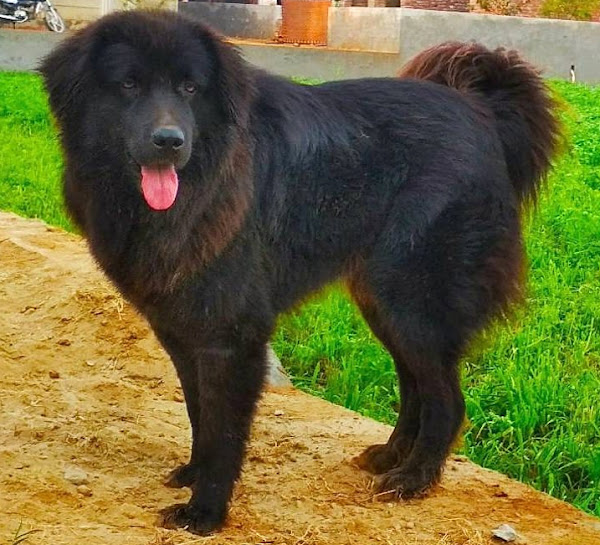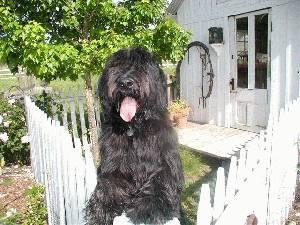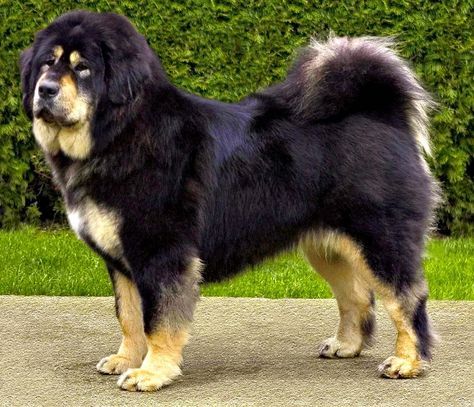About Lhasa
Considering adding a loyal and unique companion to your family? The Lhasa dog, with its distinctive appearance and intriguing history, might be the perfect breed for you. This comprehensive guide will delve into everything you need to know about the Lhasa dog, from its ancient origins to its modern-day care requirements, helping you determine if this breed aligns with your lifestyle and preferences.
History and Origin
The Lhasa dog, as its name suggests, originates from Lhasa, Tibet, where it has existed for centuries. These dogs were highly revered and served as sentinels in monasteries and palaces, guarding against intruders. They were considered sacred and were believed to be reincarnations of lamas. The breed's isolation in the remote Himalayan region contributed to the preservation of its unique characteristics. Receiving a Lhasa dog was considered a sign of great honor and good fortune, solidifying its place in Tibetan culture and history.
Physical Characteristics
Lhasa dogs are classified as a medium-sized breed, possessing a sturdy and well-balanced physique. They typically live between 10 and 13 years. Their most striking feature is their smooth, short coat, which requires minimal upkeep. While they are not heavy shedders, with a shedding rating of 1/5, regular brushing will keep their coat healthy and prevent matting. In terms of drooling, they exhibit a moderate tendency, rated at 3/5.
Temperament and Personality
Lhasa dogs are known for their independent and intelligent nature. They can be reserved with strangers, a trait that stems from their history as watchdogs. However, they are deeply loyal and affectionate with their families. While they can be good with children (3/5), early socialization is crucial to ensure positive interactions. They may not always get along well with other dogs (1/5), so careful introductions and supervision are necessary. Their energy level is relatively low (1/5), making them well-suited for apartment living.
Training and Exercise Needs
While intelligent, Lhasa dogs can be relatively challenging to train (2/5) due to their independent streak. Consistency, patience, and positive reinforcement are key to successful training. Short, engaging training sessions are more effective than lengthy, repetitive ones. Although their energy level is low, they still require daily exercise to stay healthy and happy. A short walk or playtime in a fenced yard is usually sufficient.
Health and Care
Lhasa dogs are generally healthy, but like all breeds, they are prone to certain health conditions. Responsible breeders screen their dogs for potential issues such as progressive retinal atrophy (PRA) and kidney problems. Regular veterinary checkups are essential for early detection and prevention. Their grooming needs are minimal (1/5), but regular brushing is needed.
Is This Breed Right for You?
The Lhasa dog can be a wonderful companion for the right owner. They are best suited for individuals or families who can provide them with consistent training, early socialization, and plenty of love and attention. If you are looking for a low-energy, relatively low-maintenance dog with a unique personality and a rich history, the Lhasa dog may be the perfect breed for you. Consider your lifestyle, experience with dogs, and ability to meet the breed's specific needs before making a decision.
Temperament
Basic Information
- Size Medium
- Life Span 10-13 years
- Coat Type Smooth
- Coat Length Short
Characteristics
Energy Level
1/5
Trainability
2/5
Good with Children
3/5
Good with Other Dogs
1/5
Shedding
1/5
Grooming Needs
1/5
Drooling
3/5
Comments
No comments yet. Be the first to comment!
Upload a Photo
You must be logged in to upload photos.
Compare Breeds
Compare this breed with another to find the perfect match for you.



